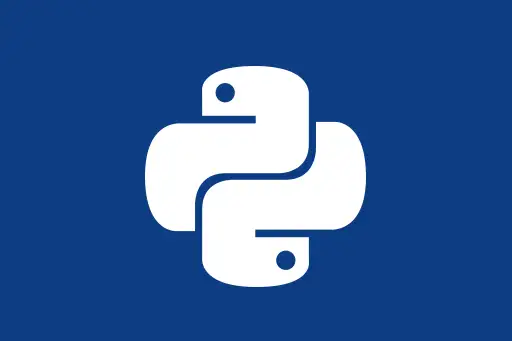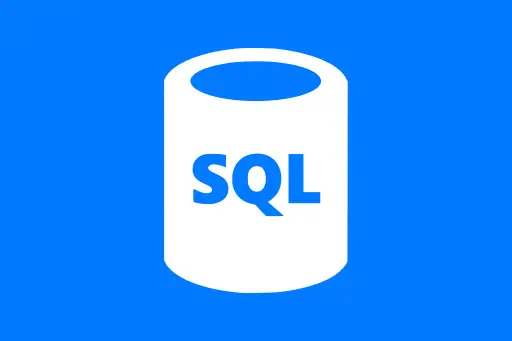 Apache Spark Course1
Apache Spark Course1 Module 1: Introduction to Big Data4
Module 1: Introduction to Big Data4 Module 2: Getting Started with Apache Spark6
Module 2: Getting Started with Apache Spark6 Module 3: Apache Spark Architecture4
Module 3: Apache Spark Architecture4 Module 4: RDDs - Resilient Distributed Datasets5
Module 4: RDDs - Resilient Distributed Datasets5 Module 5: Introduction to DataFrames4
Module 5: Introduction to DataFrames4 Module 6: PySpark Essentials4
Module 6: PySpark Essentials4 Module 7: Spark SQL4
Module 7: Spark SQL4 Module 8: Working with Complex Data4
Module 8: Working with Complex Data4 Module 9: Data Cleaning & Transformations4
Module 9: Data Cleaning & Transformations4 Module 10: Spark Streaming4
Module 10: Spark Streaming4 Module 11: Introduction to Machine Learning with Spark MLlib6
Module 11: Introduction to Machine Learning with Spark MLlib6 Module 12: Project – Real-World Data Pipeline1
Module 12: Project – Real-World Data Pipeline1Transformations vs Actions in Apache Spark
Next Topic ⮕Persistence and Caching in Apache Spark
Transformations vs Actions in Apache Spark
When working with RDDs in Apache Spark, there are two types of operations you can perform — Transformations and Actions. Understanding the difference between these two is fundamental for building efficient and correct Spark applications.
What are Transformations?
Transformations are operations that create a new RDD from an existing RDD. These are lazy operations, which means they do not execute immediately. Instead, they build up a logical execution plan. Nothing actually happens until an action is called.
Common Transformations:
map()– Applies a function to each elementfilter()– Filters elements based on a conditionflatMap()– Flattens the resultsdistinct()– Removes duplicatesunion()– Combines two RDDs
Example: Transformation with map()
from pyspark import SparkContext
sc = SparkContext("local", "Transformations Example")
# Create RDD
data = sc.parallelize([1, 2, 3, 4])
# Transformation
squared = data.map(lambda x: x * x)
# This line does not trigger any computation yetUntil now, Spark hasn't actually done anything. It has just built the plan.
Question:
Why does Spark wait and not calculate right away?
Answer:
This is due to Spark's lazy evaluation. It allows Spark to optimize the entire data processing workflow before execution, reducing memory and computation overhead.
What are Actions?
Actions are operations that trigger computation of RDDs and return a result to the driver program or write it to storage. Actions execute the transformations defined earlier.
Common Actions:
collect()– Returns all elements to the drivercount()– Returns the number of elementstake(n)– Returns firstnelementssaveAsTextFile()– Saves RDD to diskreduce()– Combines elements using a function
Example: Action with collect()
# Now trigger the computation with an action
result = squared.collect()
print(result)[1, 4, 9, 16]
The collect() action fetched the squared values, which were computed at this point.
Question:
If we call multiple transformations before an action, do they all run at once?
Answer:
Yes. Spark constructs a Directed Acyclic Graph (DAG) of all transformations and runs them as one optimized job when an action is triggered.
Combining Transformations and Actions
Let's go through a real-world style example: filtering and processing user click counts.
click_data = sc.parallelize(["user1,5", "user2,3", "user3,8", "user1,2"])
# Split records and sum clicks per user
mapped = click_data.map(lambda x: (x.split(",")[0], int(x.split(",")[1])))
summed = mapped.reduceByKey(lambda a, b: a + b)
# Trigger action
output = summed.collect()
print(output)[('user1', 7), ('user2', 3), ('user3', 8)]
This example shows how transformations (map, reduceByKey) are composed and evaluated together when an action (collect) is called.
Key Differences
| Aspect | Transformations | Actions |
|---|---|---|
| Execution | Lazy (executed only when action is called) | Triggers execution |
| Return Value | Returns a new RDD | Returns final value/result |
| Examples | map(), filter(), flatMap() |
collect(), count(), saveAsTextFile() |
Summary
Understanding the difference between transformations and actions is important for writing efficient Spark programs. Transformations build up the computation logic, and actions trigger execution. Always remember: transformations define what to do, and actions define when to do it.